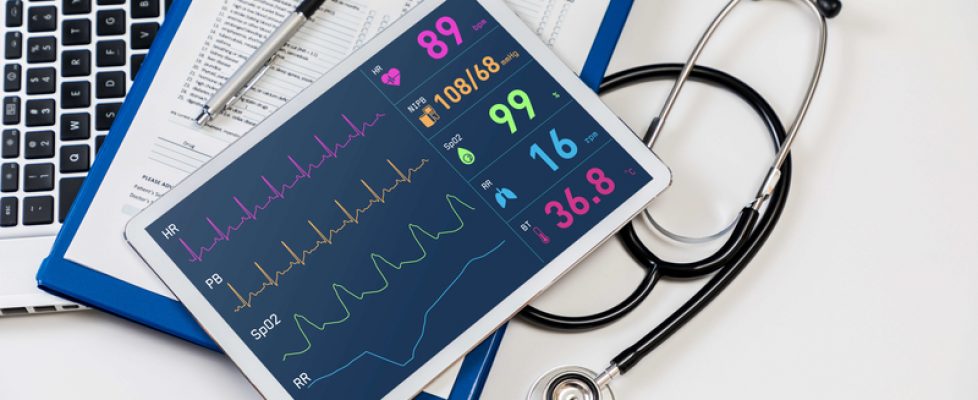Industry Voices—3 steps to reducing readmissions amid an aging population
by Chris McCann Oct 23, 2019
Hospital readmissions are an expensive problem in the U.S. both for providers and patients. According to a study by the Agency for Healthcare Research and Quality, the average cost of hospital readmission in 2016 was $14,400 per person.
In addition to the financial cost, readmissions further strain clinical resources. With an expanding older population, this will continue to place significant pressure on providers. Readmissions also lead to poorer patient outcomes, such as increased risk of hospital-acquired infections.
To reduce readmissions and create greater operational and cost efficiencies for providers and payers, we must rethink how we deliver and manage care. Remote patient monitoring (RPM) could be the answer.
The healthcare sector remains in flux as policy, regulation, technology and trends shape the market. FierceHealthcare subscribers rely on our suite of newsletters as their must-read source for the latest news, analysis and data impacting their world. Sign up today to get healthcare news and updates delivered to your inbox and read on the go.
1. Better understanding high-risk patients
To start, healthcare providers must understand which patients are at a higher risk of readmission post-discharge. While many providers focus on readmission risk scores to determine this, evidence of their efficacy is weak. These scores are built at the population level and rely on data from electronic medical records (EMRs), including prescriptions, procedures and demographics. But these data are often incorrect or incomplete, meaning providers are not getting a clear view of the patient’s risk factors.
By coupling continuous health monitoring and EMR data with machine learning, it may be possible to better understand readmission risk through real-time, personalized insights into a patient’s condition and risk factors. With this information, providers can make more tailored decisions on a patient-by-patient basis. Providers can increase the specificity and accuracy of readmission risk scores, enabling a more accurate understanding of patients at a high risk of readmission.
2. Improving care transitions
The shift between hospital and home—or even a nursing or rehab facility—causes many patients to feel vulnerable and anxious about the reduction in support and monitoring after leaving a hospital. Consequently, they are more likely to return due to a symptom that could be managed via ambulatory care.
To prevent unnecessary hospital readmissions, healthcare providers must optimize the patient transition period, helping them understand that care does not end the day they leave the hospital. RPM can also help here; by showing patients that their vitals and status are being watched, patients have peace of mind and assurance that if there is an issue, their providers are aware and will call them in. As a result, readmissions are reduced, and outcomes are improved.
3. Optimizing aftercare
While the first 48 hours following discharge are when patients are at highest risk for readmission, studies have found that between 15% to 25% of people discharged from a hospital will be readmitted within 30 days. To reduce this number, the long-term aftercare experience must be optimized. By leveraging RPM, clinicians can more easily track a patient’s recovery for a longer period without a significant strain on resources. Further, with more and ongoing data, healthcare providers can more accurately predict a patient’s risk factor for complication or infection, allowing them to provide care—or at the very least, closely monitor the patient—before significant deterioration occurs.
As AI-backed RPM tools advance, there is a significant opportunity to reduce strain on all parties affected by a hospital readmission—the patients, the payers and the providers.
With an aging population and continued shortage of healthcare providers, it is critical that healthcare systems invest in RPM tools now to curb ballooning healthcare costs and improve patient—and provider—quality of life.

